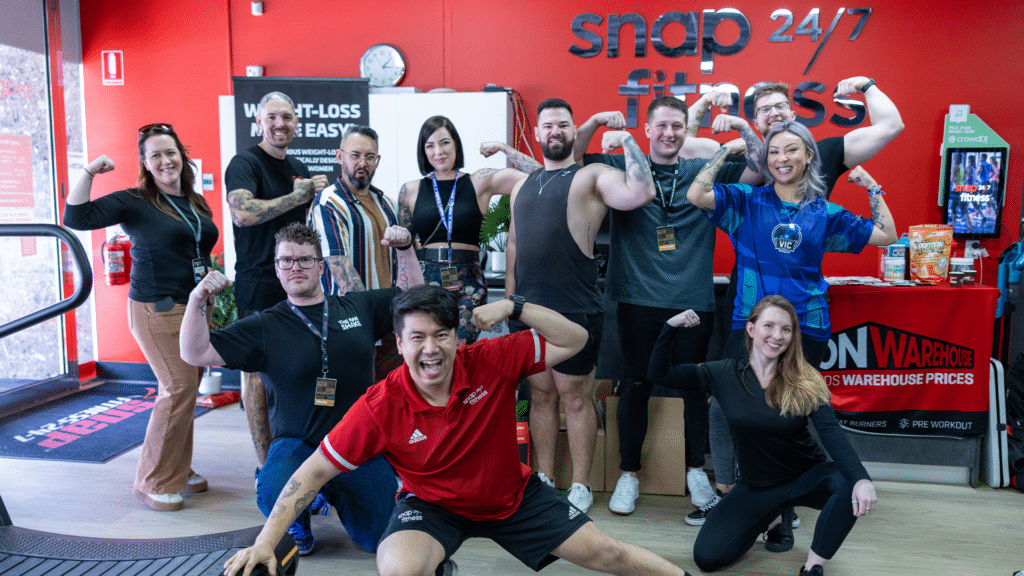[A fan is] somebody who is obsessed with a particular star, celebrity, film, TV programme, band; somebody who can produce reams of information on their object of fandom, and can quote their favoured lines or lyrics, chapter and verse. Fans are often highly articulate. Fans interpret media texts in a variety of interesting and perhaps unexpected ways. And fans participate in communal activities – they are not … isolated viewers/readers (Hills, 2002, p. ix).
I am a fan. I am a Heavy Metal fan – a Kiwi Bogan. I am a fan of the Minnesota NFL team – a Viking. I am a fan of video games – a Gamer. Each comes with their own object of affection, their own uniform and their own set of ‘rules’. For example Kiwi Bogans love Metal, dress mostly in black, and you’d be a brave fan if you turned up in a pink shirt or started twerking in the mosh pit. I must confess in a moment of drunken stupidity (brilliance?) I have done that last one. Gamers may be a little trickier to pigeon-hole in what I’ve listed above, but there is still a large amount of information that a lot of gaming fans can rattle off if you ask. Console histories, how to beat different bosses, and there are a lot of fans out there who will be very quick to mock or at least judge you if you get any of your information wrong. Imagine the reaction you would get if you started talking about that classic Megadrive game Sonic the Weasel or those Mexican plumbers on Nintendo who keep saving Princess Persimmon from a Wowser.
So what I’m saying here is that each fan group has their own associated identity. It is important to point out that there are variations within groups. I don’t want this to sound like all gamers are the same. Psychology has been debating for a very long time how much of us is individual and how much is a group. But there are still individual variations chosen from a range of what might be viewed as ‘acceptable’ options. What we’re into and the stuff we enjoy can contribute to who we are. I also think that who we are is also in the objects we collect. Madonna was onto something when we said we’re living in a material world, and I am material girl. The things we own link us to not only our fandom, expressing what we’re into, but also to other people and places. Think of all the souvenirs you have – maybe lanyards from Cons, a photo of you with some dude in a Sonic suit, or maybe that copy of Jonah Lomu Rugby that you used to play with the guys at the hostel. They represent the connections we had with other people, which is where we get the notion of ‘sentimental value’. I have a copy of Madden 05 that’s essentially worthless, but I’d rather part with some of the more expensive pieces of my collections because Madden reminds me of afternoon games with a mate of mine.
Displaying our collections tells a story of who we are. Where we display it might also tell people who you are. A collection pride of place in the lounge emphasises a collection more than one that’s packed up in boxes in the garage. It can also tell a story of your relationship with others. The husband isn’t fond of it and a compromise is needed; only a few key pieces might be displayed. Having a special room might mean kids or animals are involved. In academic circles this is called subcultural capital, coined by a researcher by the name of Thornton in 1995. She explains that once upon a time it was cultural capital, where a person’s class, status, and wealth were measured by what cultural items they had displayed. For example a valuable painting by a famous artist hung in the dining area. With a greater focus on subcultural groups after World War II, academics began focusing more on subcultural groupings as they seemed to play a more important role in people’s lives.
What this all means is that who we are isn’t just the thoughts in our heads. It’s what we enjoy doing, the people we hang out with, and how we share what we’re doing with others. For gamers, this means identity and the objects of our fandom are very participatory. In other words, through playing games we connect with others or connect with ourselves. Particularly with the focus on multi-player gaming, playing video games is very much a social activity. Despite what moral panics will have you believe, the average gamer is not an isolated weirdo, but often a highly connected person. Even when it comes to retro one player games, there are often fan Facebook groups where they can discuss their fandom and share experiences with others.
Gaming: It’s more than a game.
References:
Hills, M. (2002). Fan cultures. New York, USA: Routledge.
Thornton, S. (1995). Club cultures: Music, media and subcultural capital. Cambridge, UK: Polity Press.
Image credit: Snaphappyian




